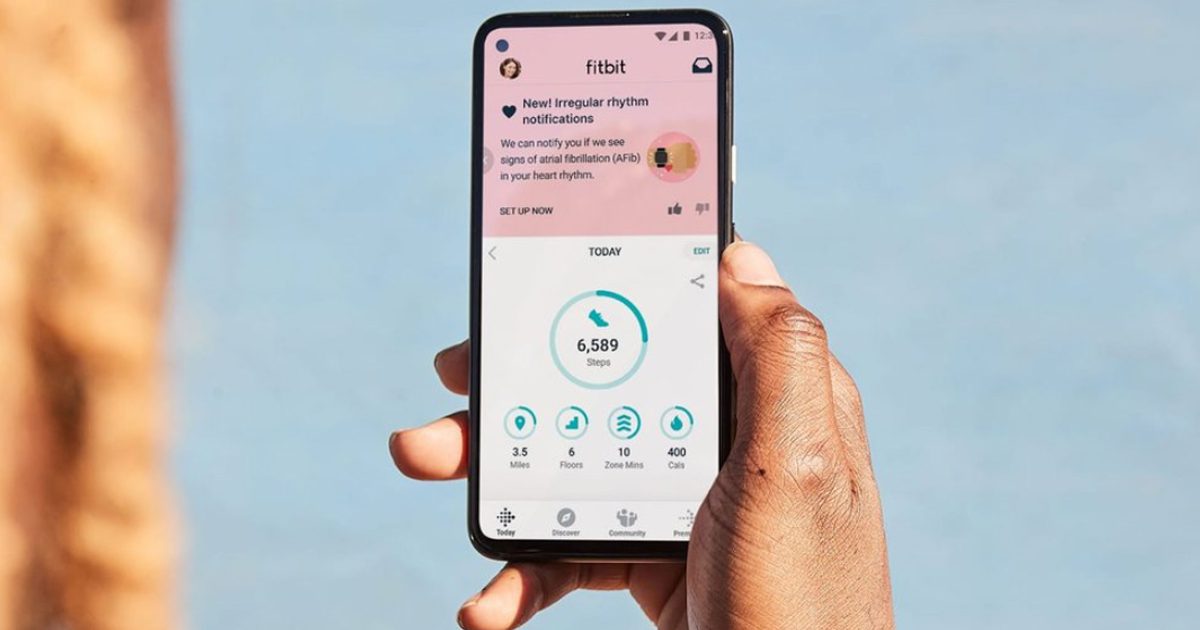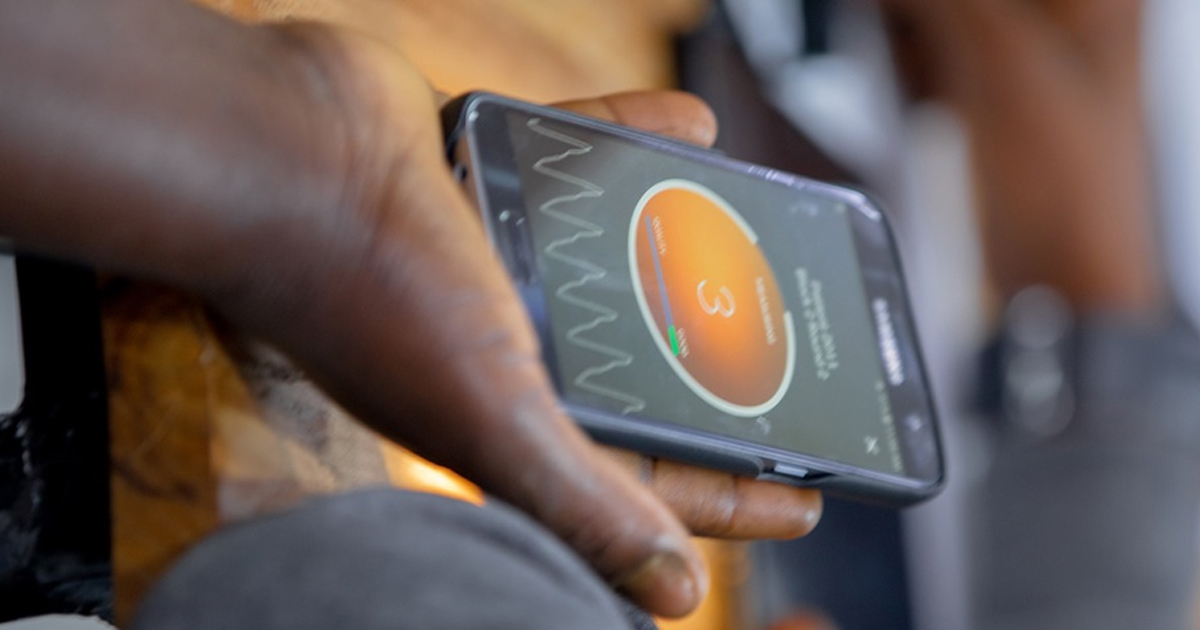The United States Food and Drug Administration (FDA) granted authorization to Google's Fitbit device to use its photoplethysmography algorithm that identifies atrial fibrillation or irregular heart rhythm.
The FDA has authorized the Fitbit algorithm, which will allow a constant heart rate monitoring, since before the wearable only carried out the measurement if the user indicated it manually. In this sense, the device will now perform constant monitoring and will notify the user about irregular heart rhythm and if there is a risk of atrial fibrillation.
Atrial fibrillation is a difficult condition to detect since the symptoms vary from person to person and sometimes there may not be any. Worldwide, this condition affects more than 33 million people, who have a five times higher risk of suffering a heart attack.
The Photoplethysmography Algorithm for the Detection of Atrial Fibrillation (PPG Habib) is clinically validated and works as follows:
- When the heart beats, the body expands and contracts based on changes in blood volume.
- Fitbit's optional heart rate monitoring sensor can detect those movements from the wrist.
- This way you can constantly measure your heart rhythm while the algorithm analyzes potential signs of irregular heart rhythm or atrial fibrillation.

“Because AFib can be so sporadic, the optimal way to detect it is through heart rate tracking technology when the body is still or at rest, which makes detection at night when people sleep be especially important,” Google explained on its blog.
In this way, Fitbit can monitor heart rate throughout the day and alert the user if it finds potential effects. "We want to make AFib screening as accessible as possible to help reduce the risk of life-threatening events, such as stroke, and ultimately improve overall heart health for everyone," Google concludes in its statement.






